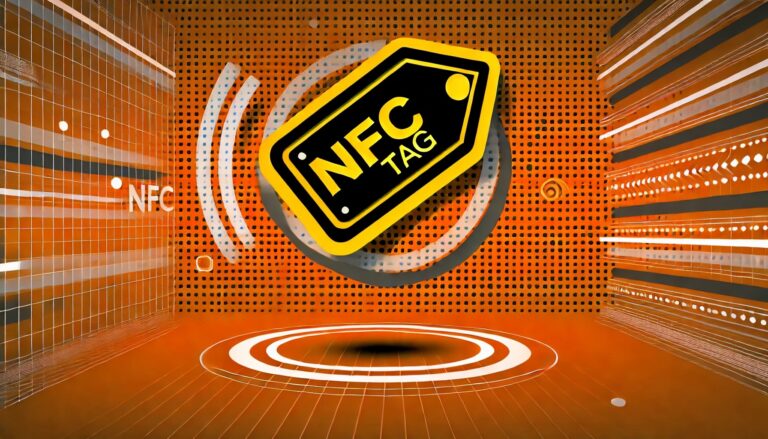Introduction
In the rapidly evolving landscape of building management systems (BMS), interoperability is key to efficiency and sustainability. Among the protocols facilitating this interoperability, BACnet stands out as a cornerstone technology. Originally developed in the United States during the late 1980s, BACnet—Building Automation and Control Network—has since become a global standard for communication between various building automation devices and systems.
Understanding BACnet
BACnet is an ASHRAE (American Society of Heating, Refrigerating and Air-Conditioning Engineers) standard protocol specifically designed for building automation and control networks. Its primary purpose is to enable communication between different building automation devices, regardless of their manufacturers. This open protocol ensures that various systems—such as HVAC (Heating, Ventilation, and Air Conditioning), lighting, security, and fire safety—can communicate seamlessly, promoting interoperability and flexibility in building management.
Technical Aspects of BACnet
Architecture:
BACnet operates on a client-server model, where devices such as sensors, controllers, and actuators communicate with each other through a central server or gateway. This architecture allows for centralized control and monitoring of building systems, enhancing operational efficiency and responsiveness.
Communication Protocols:
BACnet supports multiple communication protocols, including Ethernet, ARCNET, MS/TP (Master-Slave/Token-Passing), and IP. This versatility enables BACnet to adapt to various network infrastructures, from traditional serial connections to modern IP-based networks, making it suitable for both new installations and retrofits.
Object-Oriented Approach:
One of BACnet’s defining features is its object-oriented data model. Devices communicate using standard object types such as analog inputs, binary outputs, schedules, and alarms. This standardized approach simplifies integration and interoperability between different vendors’ devices, fostering a competitive market for building automation solutions.
Adoption and Impact in India
In India, where rapid urbanization and infrastructure development are driving demand for efficient building management solutions, BACnet has gained significant traction. The protocol’s ability to integrate diverse building systems aligns well with India’s push towards smart cities and sustainable infrastructure.
Market Penetration:
Major cities like Mumbai, Delhi, and Bengaluru have seen substantial adoption of BACnet in commercial and residential buildings. This adoption is driven by the need for energy-efficient HVAC systems, centralized lighting controls, and advanced security and fire safety measures.
Regulatory Support:
The Bureau of Indian Standards (BIS) has incorporated BACnet standards into its guidelines for building automation and control systems. This regulatory backing ensures that BACnet-compliant products meet quality and interoperability standards, giving confidence to developers and building owners investing in smart technologies.
Industry Applications:
Industries ranging from hospitality and healthcare to manufacturing and IT parks have embraced BACnet for its scalability and flexibility. Integrated systems powered by BACnet help streamline operations, reduce energy consumption, and enhance occupant comfort and safety.
Challenges and Future Trends
While BACnet has revolutionized building automation, challenges remain, especially in ensuring cybersecurity and addressing the compatibility of legacy systems with newer BACnet-enabled devices. As technology advances, the future of BACnet lies in enhanced cybersecurity measures, cloud integration for remote management, and the integration of IoT (Internet of Things) devices into building automation networks.
Cybersecurity Concerns:
With increased connectivity comes the need for robust cybersecurity protocols to protect building automation systems from cyber threats. Manufacturers and developers are actively working on secure-by-design solutions to mitigate risks.
IoT Integration:
The proliferation of IoT devices offers new opportunities for BACnet to expand its ecosystem. Integrating IoT sensors and actuators with BACnet networks can provide real-time data insights and enable predictive maintenance, further optimizing building performance.
Cloud-Based Solutions:
Cloud computing allows for centralized data storage, analytics, and remote management of building systems. BACnet is evolving to support cloud-based solutions, enabling scalability and accessibility for building operators and facility managers.
Conclusion
In conclusion, BACnet represents a pivotal technology in the evolution of building management systems, offering interoperability, scalability, and efficiency benefits in the Indian context. As India continues its journey towards smart and sustainable urban development, BACnet’s role in integrating and optimizing building systems will only grow. With ongoing advancements and regulatory support, BACnet is poised to remain at the forefront of building automation, driving innovation and enhancing the quality of life for building occupants across the country. By embracing BACnet, stakeholders—from developers and architects to facility managers and government bodies—can contribute to creating smarter, more efficient buildings that meet the challenges of the 21st century.








